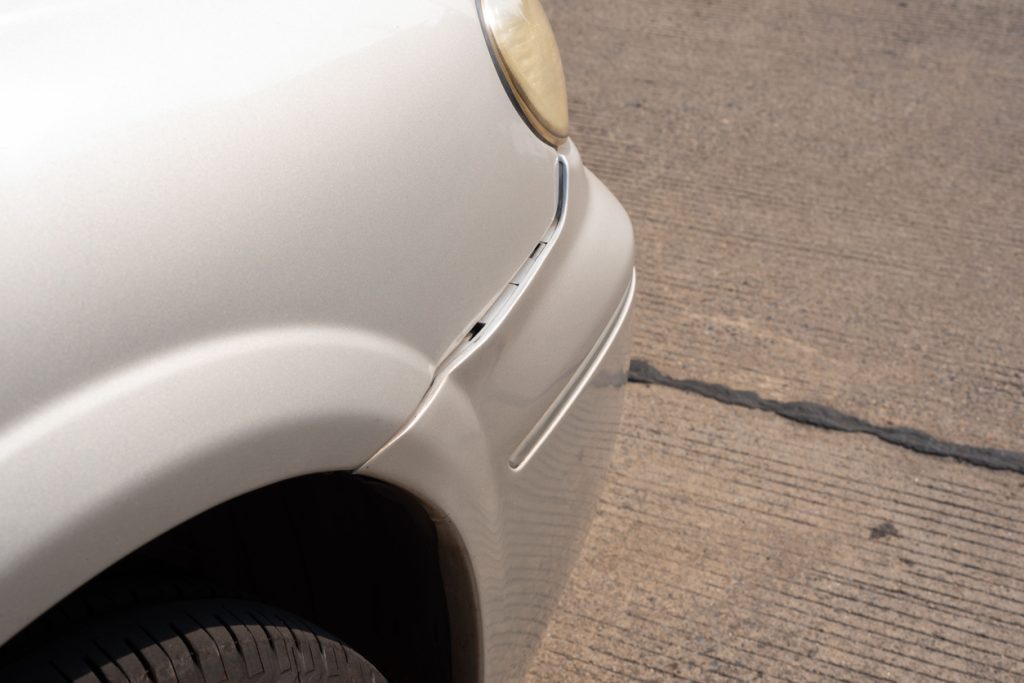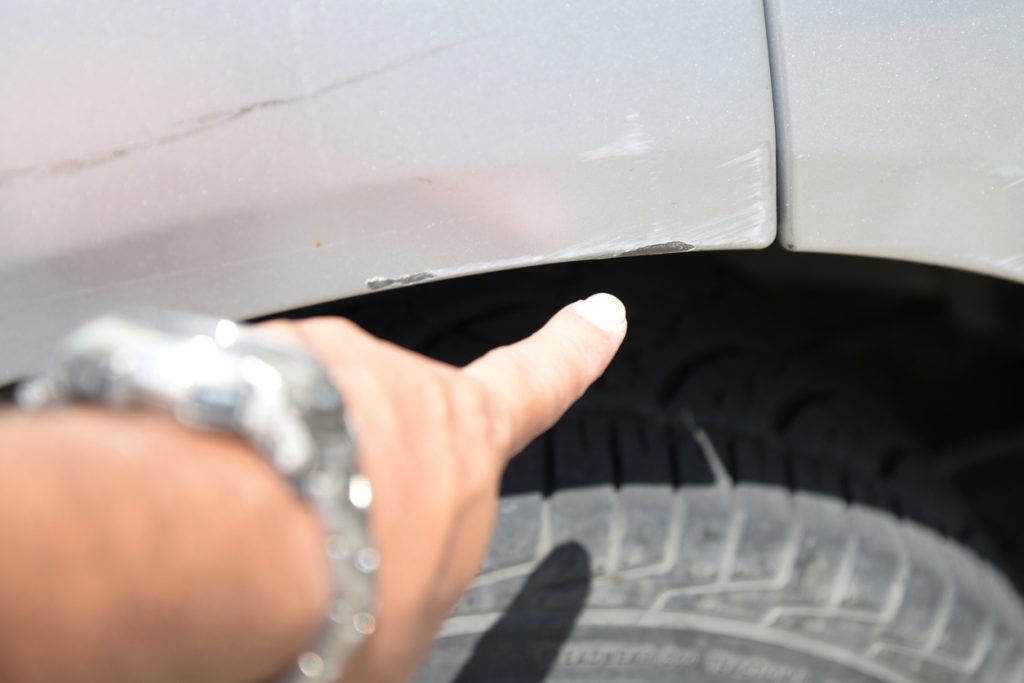When consumers in California face recurring issues with a newly purchased or leased car, the California Lemon Law vehicle defects provisions provide a path toward compensation. Yet, the law does not work automatically; a buyer must supply credible, detailed, and well-preserved documentation. Courts and manufacturers rely on evidence, and the quality of that documentation often determines whether a claim succeeds or fails. From repair orders to personal logs, each piece of information carries weight in shaping the outcome.
Understanding what qualifies as a defect, how to preserve a record, and how to present the data are critical steps. This article outlines the essential strategies for documenting California Lemon Law vehicle defects, ensuring that claimants enter the legal process with the strongest possible foundation.

Why Documentation of California Lemon Law Vehicle Defects Matters
The law recognizes only certain problems as valid grounds for a lemon claim. Manufacturers and courts want proof that the defect substantially impairs the vehicle’s safety, value, or use. Proper documentation demonstrates that the defect is ongoing, not incidental. Without records, claims often collapse under the manufacturer’s argument that the consumer’s complaint lacks evidence.
A clear paper trail also prevents disputes about the timeline. Manufacturers sometimes argue that delays in repairs or missed appointments weaken the case. Comprehensive documentation shows persistence and diligence, which supports the legal standards applied under California’s Song-Beverly Consumer Warranty Act.
Identifying Valid California Lemon Law Vehicle Defects
Not all issues qualify as defects under the statute. Minor inconveniences, cosmetic problems, or damages caused by neglect typically do not meet the standard. On the other hand, persistent issues with the engine, transmission, braking system, steering, or electrical components are among the most common grounds.
Courts consider whether the defect materially affects the vehicle’s safe operation or its market value. If repeated repair attempts fail to correct the same underlying issue, the consumer gains stronger legal footing. By carefully documenting the scope and persistence of California Lemon Law vehicle defects, the consumer creates an undeniable link between the manufacturer’s warranty obligations and the vehicle’s failures.
Building a Repair Record for California Lemon Law Vehicle Defects
Repair records form the backbone of a lemon claim. Each time a vehicle is taken to a dealership or authorized repair facility, the consumer should secure a written order and invoice. These records must include the reported defect, the dealer’s description of the issue, diagnostic tests performed, and the final outcome of the visit.
Consumers sometimes rely on verbal conversations with service representatives, but courts rarely accept those accounts. A written order with the date, mileage, and repair details provides verifiable proof. The consistency of language across multiple repair orders makes it clear that the defect is ongoing.
Maintaining an organized file of these records ensures that, when presented, the claim has immediate credibility. Reconstructing the history after months of informal dealings often results in gaps, which manufacturers can exploit to deny liability.
Using Personal Logs to Strengthen Lemon Law Claims
Beyond dealership records, personal logs fill critical gaps in documenting California Lemon Law vehicle defects. A consumer’s notes can establish frequency, context, and the impact of the defect on daily use. For example, a log showing multiple instances of a vehicle stalling during freeway driving highlights a safety hazard not always captured during dealer inspections.
Logs should include dates, mileage, weather conditions, and a brief description of the event. Consistency matters more than technical detail; the log must simply demonstrate persistence and disruption. Over time, this collection provides a narrative of how the defect affects real-world operation, reinforcing the more formal repair records.

Photographic and Video Evidence of California Lemon Law Vehicle Defects
In some cases, defects do not present consistently during dealership visits. Intermittent warning lights, electrical glitches, or unusual noises may disappear when inspected. Photographic or video evidence captures the problem in real time, providing undeniable proof.
For example, a video of a vehicle failing to start despite repeated attempts can demonstrate that the issue is not fabricated. Similarly, photos of fluid leaks, dashboard warnings, or damaged components help validate written complaints. Courts view this type of evidence as persuasive, especially when paired with repair records and logs.
Communication Records with Dealers and Manufacturers
Email exchanges, text messages, and written correspondence also help build the case. These communications often show how many times the consumer reached out, how the dealer responded, and whether the manufacturer attempted to resolve the issue. Preserving these interactions demonstrates diligence and counters arguments that the consumer failed to cooperate.
When correspondence indicates repeated assurances without effective results, it becomes clear that the defect persists despite attempts at resolution. These records supplement the broader narrative of California Lemon Law vehicle defects and illustrate the manufacturer’s awareness of the issue.
Role of Professional Evaluation in Pinpointing Defects
Sometimes repair facilities fail to recognize or acknowledge a defect. Independent evaluations by trained mechanics can provide technical validation. These reports often use diagnostic data to confirm that the issue is ongoing. When combined with personal logs and repair records, independent evaluations can shift the balance in the consumer’s favor.
More detailed discussions on the importance of identifying and analyzing technical faults can be found in resources addressing how California Lemon Law vehicle defects are analyzed through professional testing, such as this guide on how professional research, development, and manufacturing experience can help pinpoint vehicle defects in California Lemon Law cases. This level of documentation demonstrates a systematic approach to proving a defect rather than relying solely on anecdotal reports.
Statutory Framework for California Lemon Law Vehicle Defects
The foundation of California’s Lemon Law lies in the Song-Beverly Consumer Warranty Act. The statute outlines the rights of consumers and obligations of manufacturers regarding defective vehicles. To qualify, the defect must occur within the warranty period and after a reasonable number of repair attempts.
While “reasonable number” is not rigidly defined, courts often look at whether the manufacturer had multiple opportunities to fix the issue. Consumers can consult official resources like the California Department of Consumer Affairs for further details on statutory protections. Referencing these standards in documentation strengthens the claim by aligning evidence with the governing legal framework.
Presenting Evidence Effectively in a Lemon Law Claim
Even well-documented cases can fall short if the evidence is presented disjointedly. Organizing documents chronologically provides clarity. Repair orders, logs, photos, videos, and correspondence should flow in a sequence that tells a consistent story.
A clear timeline illustrates persistence and demonstrates that the consumer fulfilled all obligations under the warranty. When documents are scattered or incomplete, the manufacturer gains opportunities to argue that the problem was exaggerated or resolved earlier.
Effective presentation ensures that the full weight of the evidence supports the claim without leaving room for dispute.
Common Mistakes in Documenting California Lemon Law Vehicle Defects
One of the most frequent errors is failing to secure repair orders. Consumers sometimes assume that verbal assurances suffice, but courts require paper or digital records. Another mistake is waiting too long to report recurring issues, which allows manufacturers to argue that the defect arose outside the warranty period.
Failing to keep logs or dismissing minor recurring issues can also undermine a claim. Even if the defect appears small, repeated failures may still impair value or safety. Comprehensive documentation prevents such oversights from weakening the case.

Long-Term Value of Proper Documentation
Beyond the immediate resolution of a lemon claim, documentation protects the consumer in secondary disputes, such as resale or credit reporting issues. A thorough record demonstrates that the consumer acted responsibly and pursued all legal remedies available.
In some cases, manufacturers negotiate settlements before litigation. Strong documentation accelerates this process, as the evidence leaves little room for contest. This not only saves time but also increases the likelihood of a favorable outcome.
Conclusion
Success under California’s Lemon Law depends on more than identifying a defect; it depends on documenting it in a manner that withstands scrutiny. Repair orders, personal logs, photographs, videos, and communication records all converge to build a compelling case. Aligning documentation with statutory standards ensures that claims are evaluated on solid ground.
When facing recurring issues, consumers should treat every interaction, every defect occurrence, and every communication as potential evidence. By approaching the process with discipline, the strength of the claim grows, increasing the chances of a successful resolution under the protections granted for California Lemon Law vehicle defects.
